Crackle Lacquer
A friend called me the other day with a question. He was matching a crackle-lacquer finish from the 1980s and wanted to know how this finish is made and how to apply it. Crackle lacquer is lacquer with so much solid material, usually silica, added that there isn’t enough binder (lacquer) remaining to glue...
Spray Booth for a Small Shop
In the December, 2001 issue of Popular Woodworking (issue # 125) I wrote about how to construct a simple but safe home spray booth. This article was reproduced in my book, “Flexner on Finishing.” But what if you have more space, do a lot of finishing and would like to have something more like...
How to Avoid Runs & Sags
One of the biggest problems woodworkers have is runs and sags drying in their finishes, especially with slower drying finishes such as varnish (including polyurethane and wiping varnish) and water-based finish. They can also happen in shellac, though it dries faster. The remedy is simple. You should never have runs or sags drying in...
Cutting Boards: The Best Finish
A seemingly never-ending question concerns how to finish cutting boards. You don’t need any finish on a cutting board. Water won’t hurt it and no finish will keep water out anyway, after a few knife cuts. Nor will the finish continue to look nice after numerous knife cuts. If the cutting board begins to...
Rejuvenating Old Finishes
Editors note: Bob Flexner’s blog will move to the Flexner on Finishing Blog at the end of April. You can find it here. Just because a finish is old and deteriorated, you don’t necessarily have to strip it and apply a new finish. You may be able to rejuvenate the finish so it looks...
Lacquer for Antiques & Reproductions
It’s widely believed and promoted that the proper finish for 18th and 19th-century antique furniture and reproductions is shellac. The reason is that shellac was the finish that was most likely used in that time period. I have no problem with this, but I want to make the case that nitrocellulose lacquer is also appropriate....
Lacquers Vary in Coloring
Lacquer is a very versatile finish, especially because of its widely understood easy application in different weather conditions. You can speed up or slow down the drying by adding the right thinners. Not so widely understood is the range of colors – the amount of yellowing (or “oranging”) of the various types of lacquer....
Beware VOC-Compliant Solvents
Southern California has the strictest VOC laws in the country. These laws have forced manufacturers to change the ingredients they use in paints and finishes, and even eliminate some – for example, oil paint and varnish. They have also done the same with solvents. For example, you can’t buy naphtha anymore, a solvent I...
A Few Thoughts
I just finished reading an article on filling pores, and it reminded me of several things I’ve been meaning to say. First, filling pores is primarily a refinishing operation because so much of the old factory-made and finished furniture is mahogany with filled pores. To reproduce the original look, a refinisher has to fill...
For further information log on website :
http://www.popularwoodworking.com/techniques/finishing
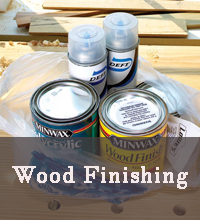

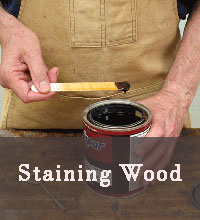

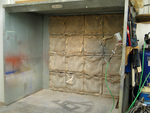
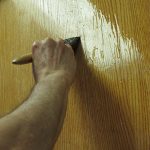
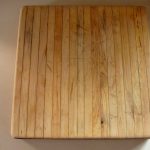
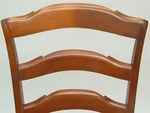
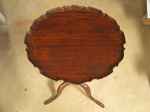
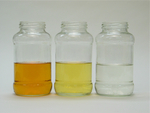
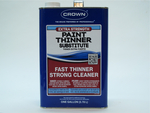
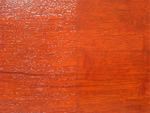





No comments:
Post a Comment